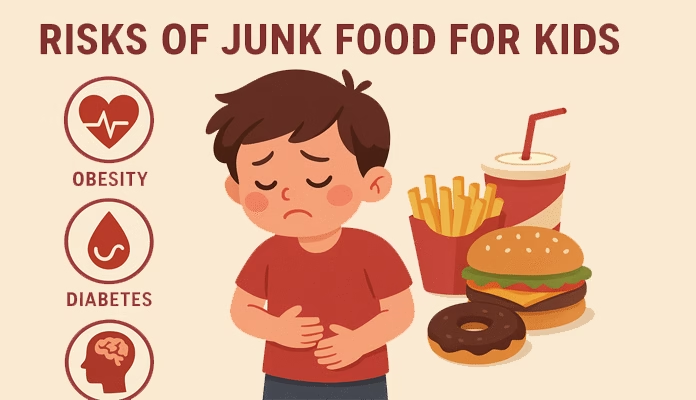 World Emoji Day, celebrated every year on July 17 since 2014, is a tribute to one of the most significant developments in digital communication — the emoji. In today’s fast-paced digital world, emojis have transformed the way we express emotions, making communication more engaging, effective, and universally understandable.
World Emoji Day, celebrated every year on July 17 since 2014, is a tribute to one of the most significant developments in digital communication — the emoji. In today’s fast-paced digital world, emojis have transformed the way we express emotions, making communication more engaging, effective, and universally understandable.
Originally inspired by the smiley face — a simple yellow circle with two dots for eyes and a wide grin that first appeared in the 1960s — emojis evolved from emoticons to become the colourful, expressive icons we use today. These small images, often representing emotions, objects, and ideas, have grown into a global phenomenon, particularly popular among teenagers and young adults.
However, emoji usage now transcends age groups. Over 90% of the world’s 3.5 billion internet users regularly use emojis, from millennials to professionals, reflecting their versatility and emotional depth. Emojis are not just decorative; they serve a semantic and emotional purpose, and are now widely integrated into fields like marketing, law, healthcare, and even psychological research.
Every emoji is created using Unicode, ensuring universal compatibility, but they may appear slightly different across platforms like Apple, Android, Facebook, and Twitter. Despite these variations, emojis enable users to communicate instantly and effectively, even across language barriers. A simple emoji — like a smiley face — can convey emotions far more efficiently than words, making it a powerful tool in cross-cultural communication.
Social media platforms have also recognized the importance of emojis. Facebook, for example, expanded its Like button to include reactions like Love, Haha, Wow, Sad, and Angry, enabling users to express a broader range of emotions with a single tap.
According to Swyft Media, a digital communications firm, six billion emojis are sent daily by the world’s two billion smartphone users. Reflecting their cultural impact, the Oxford Dictionaries even named the “Face with Tears of Joy” emoji as the Word of the Year in 2015.
Beyond casual communication, emojis have found a place in advertising campaigns, social media strategies, and even psychological studies. Researchers are now exploring how emoji usage reflects personality traits and user behavior, indicating a deeper, psychological role in human expression.
In essence, emojis are more than just icons — they’re a new digital language, enhancing emotional clarity, breaking linguistic boundaries, and adding depth to online conversations. As communication continues to evolve, emojis are set to play an even more central role in how we connect, share, and understand one another across the globe.
(Written by Vinod Chandrashekhar Dixit)




